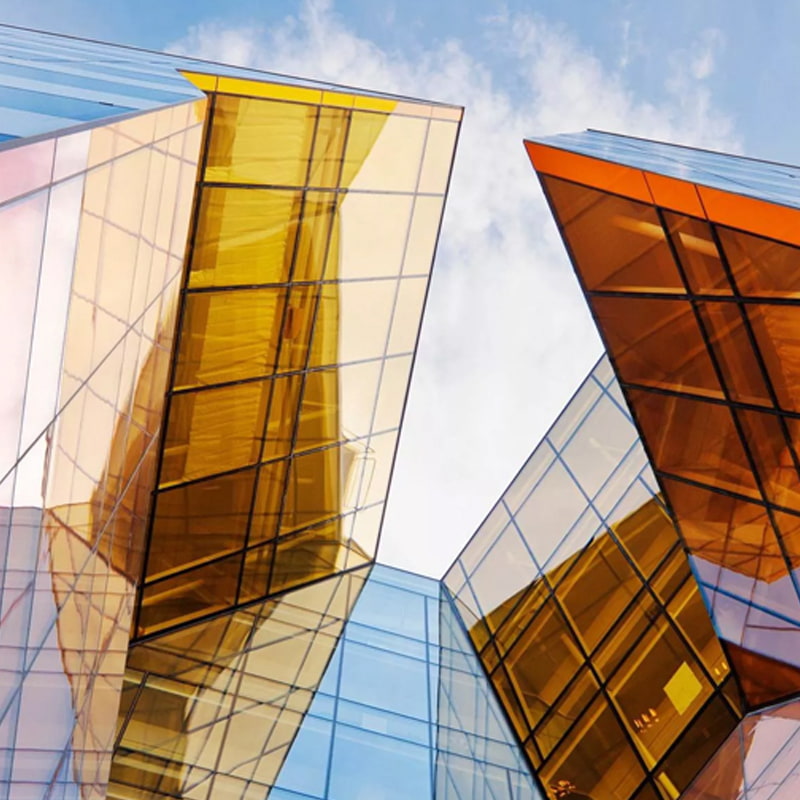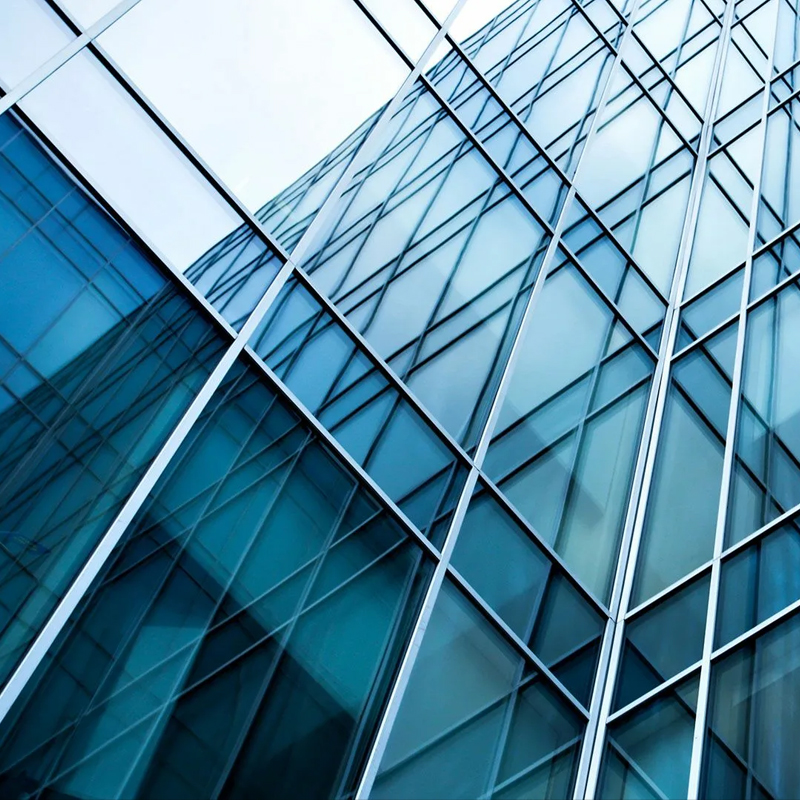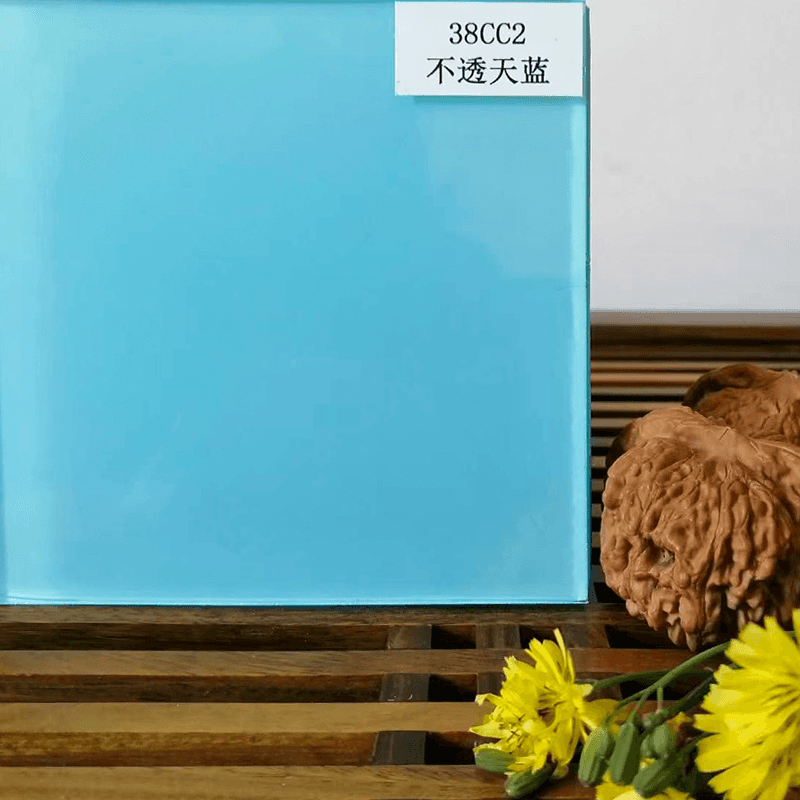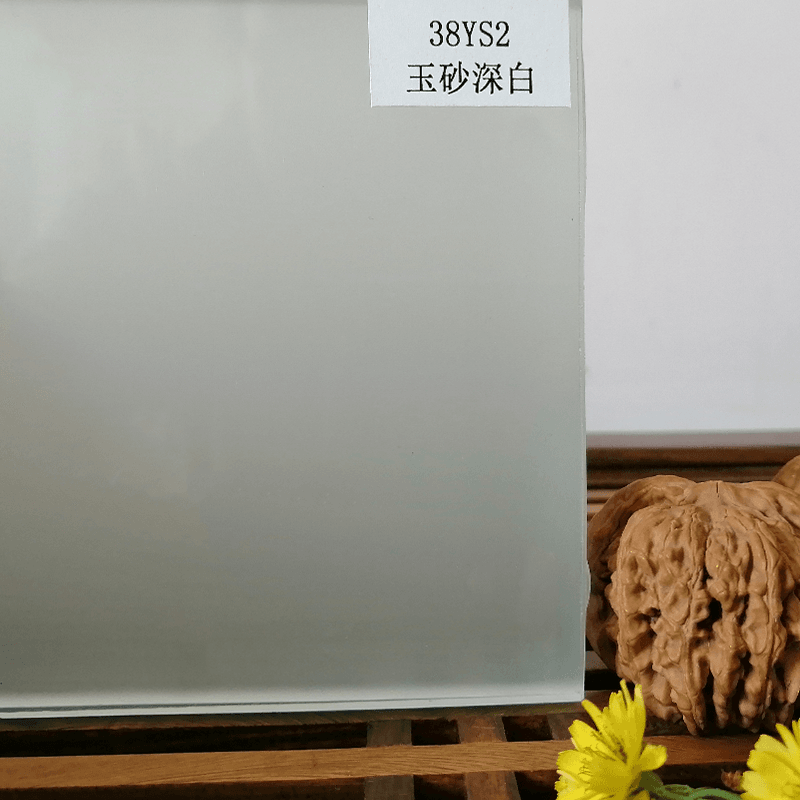language
When we think of bullet-proof glass—more accurately termed ballistic-resistant glass or transparent armor—we often imagine a single, impossibly thick pane of super-strong material. The reality is far more sophisticated and relies on a cleverly engineered sandwich of materials. At the heart of this protective system, often hidden in plain sight, is a crucial polymer: the PVB interlayer.
While the outer layers of glass get much of the attention, it is the internal polyvinyl butyral properties that truly define the performance and safety of the final product. This article will demystify the science behind this critical component, explaining how a simple sheet of plastic transforms standard glass into a life-saving barrier.
What Exactly is PVB Interlayer?
Polyvinyl butyral, or PVB, is a specialized resin that is processed into a clear, flexible, and adhesive film. While its most common application is as the interlayer in standard automotive windshields and architectural glass, its role in ballistic glass lamination is where its most critical properties are put to the test.
At its core, PVB is a energy-absorbing polymer. It is a thermoplastic, meaning it softens when heated and hardens when cooled, a property essential to the lamination process. But its value goes far beyond just being a sticky glue; it is a meticulously engineered material designed to manage immense force.
The Lamination Process: Creating a Transparent Composite
To understand PVB’s role, one must first understand how laminated security glass is made. The process for ballistic glass is a more robust version of standard safety glass production.
Lay-Up: Multiple plies of glass (often soda-lime or float glass) and sometimes other materials like polycarbonate are assembled. Between each layer, a sheet of PVB interlayer film is placed.
De-Airing: The entire stack is passed through rollers or placed in a vacuum bag to remove any trapped air, which is crucial for achieving optimal clarity and preventing delamination.
Autoclaving: The assembly is then placed into an autoclave—a large industrial oven that applies both heat and pressure. The heat (typically around 150°C) softens the PVB, causing it to flow. The high pressure (over 100 psi) forces the PVB to intimately bond with the adjacent surfaces, creating a single, unified pane.
Curing: The glass is slowly cooled, allowing the PVB to solidify and lock the layers into a permanent, transparent composite.
This process results in a material that is far greater than the sum of its parts, primarily due to the unique characteristics of the PVB interlayer.
The Multifaceted Role of PVB in Ballistic Performance
PVB doesn’t just hold the glass together; it is the dynamic element that actively manages the energy of an impact. Its role can be broken down into several key functions:
Energy Absorption and Dissipation: The Core Function
This is the most critical job of the PVB interlayer. When a projectile strikes the outer layer of glass, it shatters immediately. This initial cracking absorbs a small amount of the bullet’s kinetic energy. However, without the interlayer, the projectile would easily pass through the shattered glass.
The PVB film acts as a elastic damping material. As the bullet and the shattered glass push against it, the PVB stretches and deforms. This process of deformation converts a massive amount of the bullet’s kinetic energy into strain energy within the polymer itself. The viscoelastic nature of PVB—meaning it has both viscous (liquid-like) and elastic (solid-like) properties—allows it to undergo significant elongation without immediately tearing, absorbing energy through internal friction.
Think of it like a highly advanced, transparent net. It yields under force, stretching to catch and slow down the object, rather than resisting it rigidly and brittlely snapping.

Spall Containment: Preventing Deadly Fragmentation
Being hit by a bullet is not the only danger; being struck by high-velocity glass shards (spall) from the non-impacted side of the glass is a major cause of injury. A primary function of any laminated glass construction is to contain these fragments.
The adhesive nature of the PVB film ensures that even when the glass layers are utterly pulverized, the fragments remain bonded to the interlayer. This creates a “spall shield” on the protected side, preventing lethal shrapnel from entering the secured area. This glass fragment retention is a non-negotiable safety feature, and PVB’s excellent adhesion is key to achieving it.
Layer Coupling and Structural Integrity
PVB is the cohesive element that ensures all the individual layers of the laminate work in unison. It transfers stress between the glass plies and any plastic layers (like polycarbonate), allowing the entire assembly to flex and respond to the impact as a single, integrated system. This polymer interlayer adhesion prevents the layers from separating prematurely, which would compromise the energy-absorbing capability of the entire unit.
Beyond Ballistics: The Additional Benefits of PVB
The advantages of using a PVB interlayer extend beyond just stopping projectiles. Its inclusion provides several other valuable benefits that contribute to the overall quality and functionality of the security glazing.
Sound Dampening: The viscoelastic core of the laminate acts as a sound insulator, dampening vibrations and reducing noise transmission. This makes acoustic PVB interlayers a popular choice for buildings in noisy urban or airport environments, adding a secondary layer of value to the security glazing.
UV Filtration: Standard PVB interlayers block over 99% of ultraviolet radiation. This protects occupants from harmful UV rays and prevents interior furnishings, artwork, and fabrics from fading.
Weather and Environmental Resistance: A properly manufactured and sealed laminate with PVB is highly resistant to moisture, yellowing, and loss of clarity over time, ensuring long-term performance and visual acuity.
PVB in Multi-Layered Security Systems
It is important to note that in higher threat-level ballistic glass (e.g., for banks or military vehicles), PVB is often used in conjunction with other materials. A common and highly effective design uses multiple layers of glass bonded with PVB, with a final inner layer of polycarbonate.
In this configuration:
The outer glass layers, hardened by heat treatment, are the first line of defense, blunting the projectile’s tip and beginning the energy absorption process.
The PVB interlayers manage the energy, contain the glass fragments, and couple the layers.
The inner polycarbonate layer, which is incredibly tough and impact-resistant (but soft and easily scratched), acts as the final barrier. Its high tensile strength allows it to absorb the residual energy of the deformed bullet and prevent penetration.
This synergy between hard, brittle glass and tough, flexible polymers, all bonded by PVB, creates a composite material that is exceptionally effective against ballistic threats.
Conclusion: The Unsung Hero of Transparency and Safety
While the outer layers of glass bear the visible brunt of an attack, it is the PVB interlayer film that is the true workhorse of ballistic-resistant glass. Its remarkable ability to absorb energy, contain debris, and unify disparate materials into a single, high-performance unit is what makes modern transparent armor possible.
The next time you see a thick pane of security glass, remember that its strength doesn’t come from sheer thickness alone. It comes from the intelligent engineering of a transparent polymer, working silently between the layers, transforming fragility into resilience and providing a clear line of defense where it is needed most. The ongoing development of advanced polyvinyl butyral properties continues to push the boundaries, making these vital barriers lighter, stronger, and more capable of ensuring safety without sacrificing clarity.





